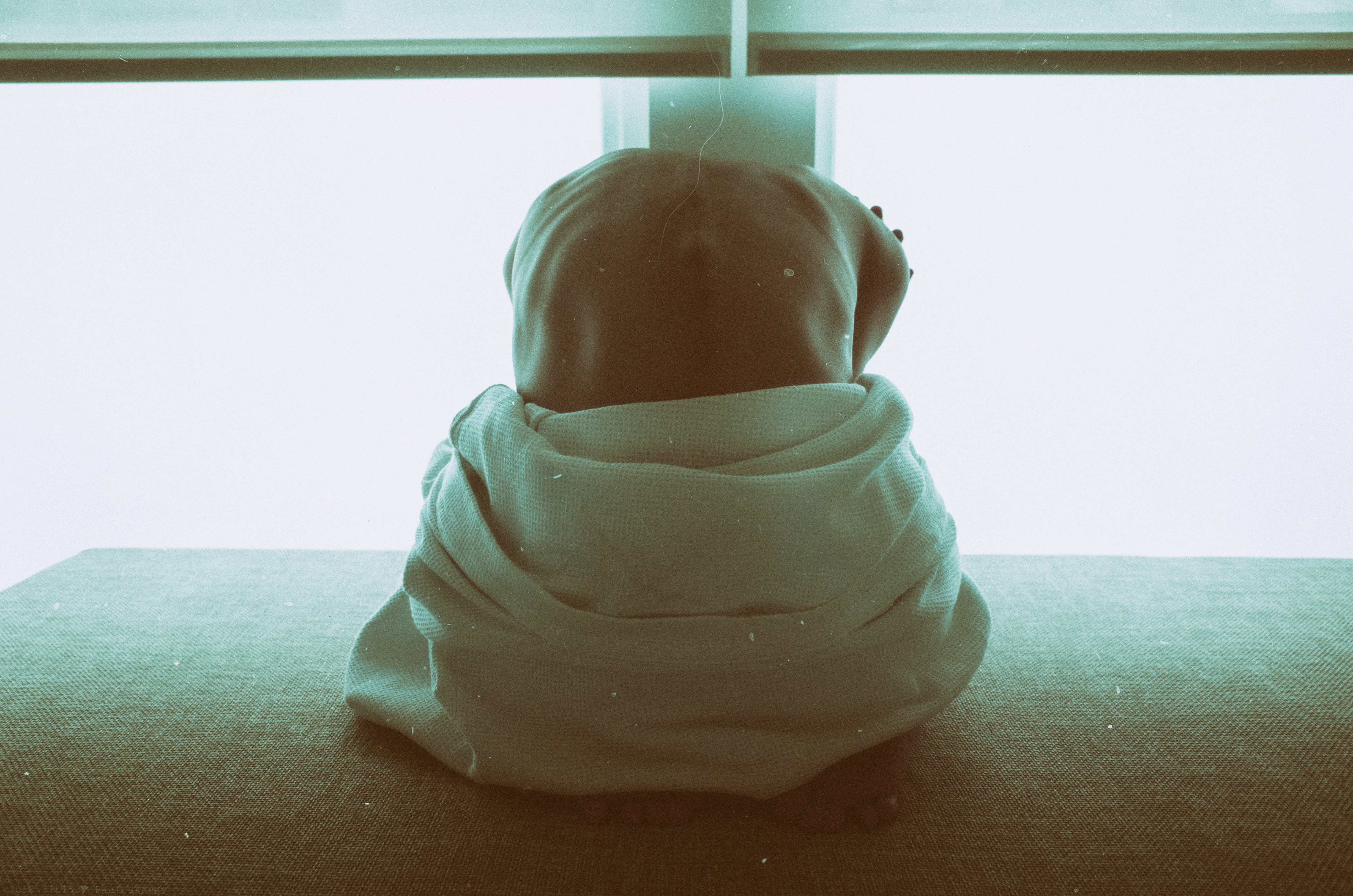Learning About Chronic Pain

Being diagnosed with an illness associated with chronic pain is life changing. Not only does it affect you physically, but knowing that the pain persists can be difficult to cope with mentally and emotionally as well. In fact, many people diagnosed with chronic pain also become depressed. The stress is even worse if your physician can’t trace the source of your chronic pain.
What is Chronic Pain?
Chronic pain is defined as persistent, lasting pain that lasts for at least twelve weeks without decease. It can make it difficult to move around as you lose flexibility, stamina, and strength. Common conditions linked to chronic pain include:
- Fibromyalgia
- A past injury (sprain, break, pulled muscle, etc)
- Spinal injury
- Migraines
- Infection
- Arthritis
- Recovery from surgery
- Nerve damage
Eliminating Pain in Trigger Points
People who suffer from chronic pain often feel tight knots of muscle fiber that ache. These little knots are also known as trigger points. Trigger points are caused by collected stress in an area. There are a few ways you can relieve the pain at home:
- Loosen the tight muscle fibers by massaging the area.
- Use heat and ice to reduce inflammation associated with the trigger point.
- Exercise! Aerobic exercise increases blood flow and stretches the muscles. Plus, the endorphins that exercise releases helps reduce pain.
- Practice good posture.
- Draw a hot bath with epsom salts to help reduce stress.
- Reduce stress in your everyday life. Mental stress contributes to trigger point pain.
Minimizing Chronic Pain without Medication
Some people may suggest prescription painkillers to help relieve your chronic pain, but there are several dangers to taking pills. Addiction to painkillers is rampant in the United States because of prescription-happy doctors. If you have a tendency towards addictive behaviors, it may not be a good idea for you to start taking painkillers. Alternative ways to reduce pain include:
- A 2013 Harvard study found acupuncture is a viable option for reducing chronic pain.
- A physical therapist can help relieve pain, especially in the lower back.
- Massage can help treat chronic pain caused by fibromyalgia and carpal tunnel syndrome.
- A type of hypnosis called hypno-analgesia relieves pain.
While you may want to avoid pain medication, if you are dealing with symptoms of depression, you may want to ask your doctor about going on an antidepressant. They are not addictive and can help you feel better while you adjust to your diagnosis.
Traveling with Pain
Living with chronic pain can be debilitating and life limiting. Many people are fearful to travel or limit there travel to medical appointments only. However, this does not have to be the case. Traveling in a vehicle that has a higher ground to seat height makes is easier to stand up from a vehicle. Using a garbage bag on the seat makes it easier to turn/slide on a seat. For traveling longer distance MillionMilesecrets.com has an informative and well-written article about traveling with chronic pain.
Reducing Inflammation with Diet and Exercise
Chronic pain is associated with inflammation in the body. Fortunately, you can reduce inflammation with proper diet and exercise.
- Avoid processed junk food and reduce your intake of salt
- Drink plenty of water.
- Eat a lot of fresh fruits and vegetables.
- Replace products that contain white flour and simple carbohydrates with whole grains.
- Get up every couple of hours and walk around
- Add weight training to your exercise regime.
- Try exercises like yoga or Pilates that both stretch and tone muscles.
In addition to reducing inflammation, adding exercise to your life and eating well can both help alleviate depression associated with chronic pain.
A chronic pain diagnosis can be devastating. Not only do you have to deal with constant discomfort, but many people also start to develop depression after being diagnosed. Chronic pain can make it difficult to get around in your day-to-day life. There are many conditions associated with chronic pain, but the causes are not always easy to detect. There are ways to help alleviate pain at home including massage and exercises to release muscle tension. While medication is an option, painkillers are extremely addictive and alternative pain relief methods should be considered.
This is a special guest blog by Jackie Waters. Her website is Hyper-tidy.com and can be reached at jackie_waters@hyper-tidy.com.

